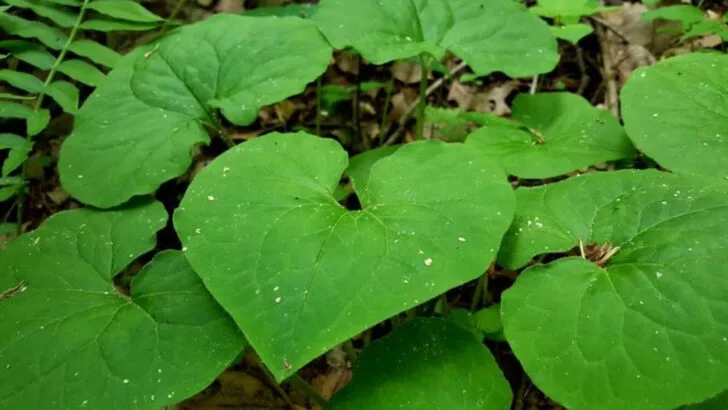Before modern pharmacies, there were porch gardens, hollow paths, and mountain wisdom. Deep in the Appalachian region, families passed down plant knowledge that was as much survival skill as it was tradition. These weren’t trendy supplements or packaged teas—they were wild herbs gathered by hand, prepared in simple ways, and trusted to ease everything from winter coughs to broken hearts. To this day, the legacy of these herbs runs deep, rooted in both folk healing and generational resilience.
What makes these Appalachian remedies so fascinating isn’t just their effectiveness—it’s their stories. Each herb came with its own ritual, belief, or healing practice, often tied to the rhythms of nature and spiritual protection. Whether brewed into teas, simmered in salves, or tucked under pillows, these plants served as everyday medicine in remote communities that had little access to doctors—but a wealth of natural knowledge.
Now, as more people return to herbal wellness, these old remedies are finding new relevance. Many of the same plants that healed scratchy throats and soothed anxious minds nearly a century ago still grow wild—and still work. If you’ve ever been curious about the real roots of American herbalism, this list is a glimpse into a time when nature was the medicine cabinet, and intuition was often more powerful than instruction.
Echinacea
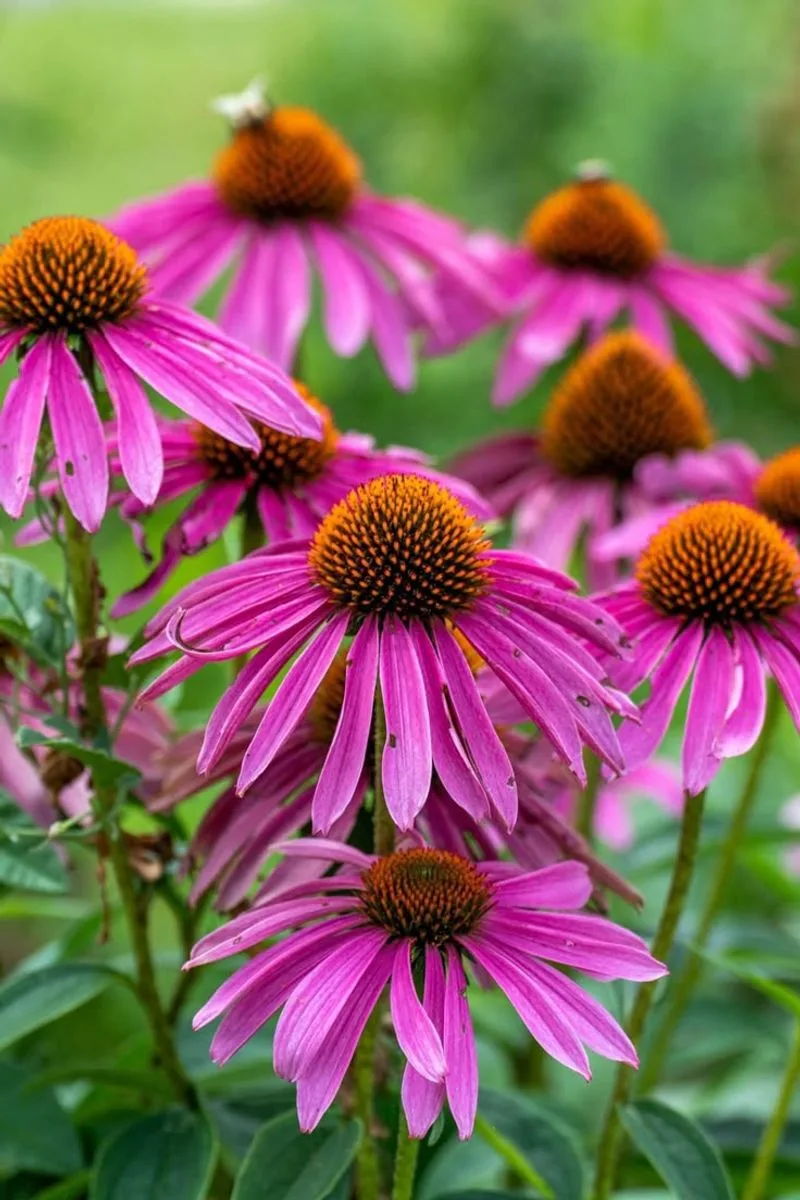
Echinacea, often recognized by its striking purple blooms, has been a staple in herbal medicine. Its roots and leaves were traditionally used to bolster the immune system. Many found it particularly effective in warding off colds and infections. The plant’s properties were believed to stimulate the body’s natural defenses, providing a natural barrier against illness. This makes it a popular choice during flu season. In modern times, echinacea supplements are readily available, but the original plant holds a special place in Appalachian herbal lore.
Ginseng
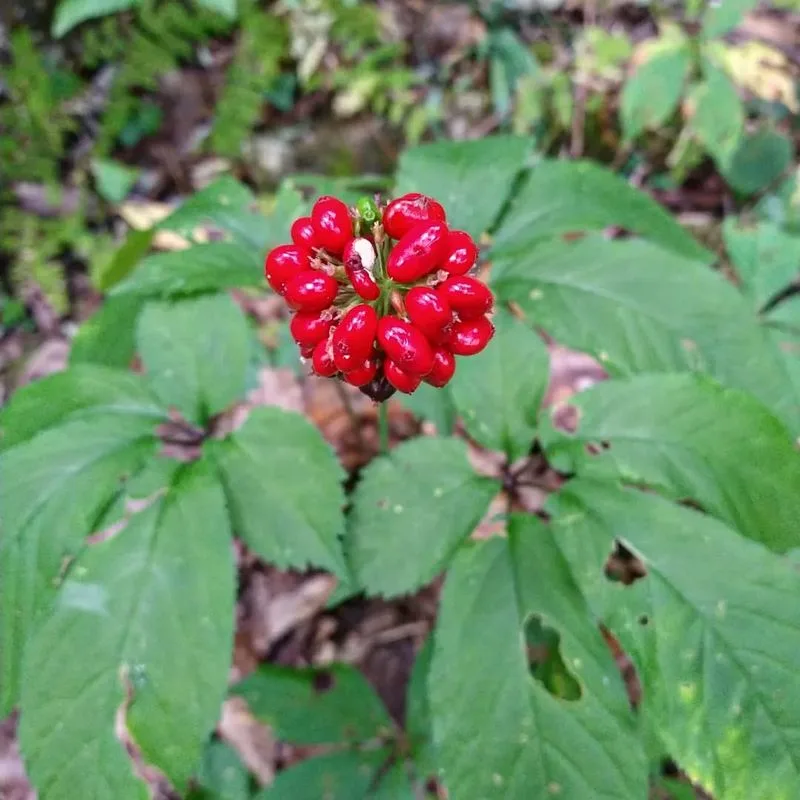
Ginseng, prized for its energizing qualities, was often sought after in Appalachian woods. Its roots resemble the shape of a human body, which led early herbalists to associate it with vitality and life force. This herb is not just a natural energy booster but also supports mental clarity and stress reduction. The Appalachian ginseng, in particular, is considered premium due to its unique growing conditions. It has been harvested sustainably for generations, with many locals valuing it as a potent tonic for both body and mind.
Black Cohosh
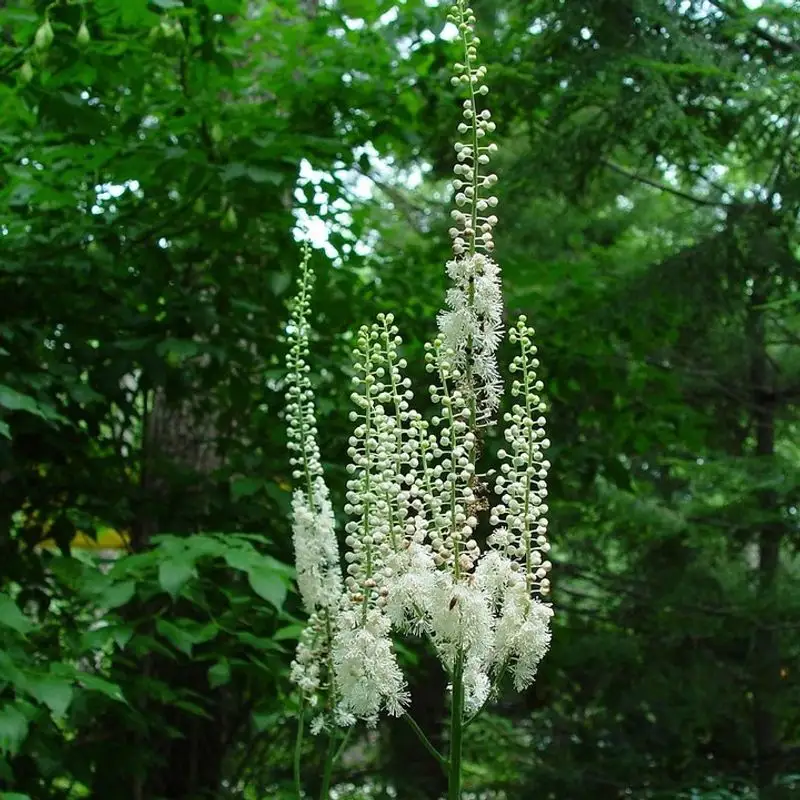
Black cohosh has been a trusted ally for women throughout the ages. Traditionally, it was used to ease menstrual cramps and menopausal symptoms, offering a natural alternative to modern medications. The herb’s gentle action on the female reproductive system made it invaluable in various life stages. Beyond its gynecological uses, black cohosh also found its place in treating rheumatic pains and other inflammatory conditions. Its unique blend of compounds continues to be a subject of study, highlighting its enduring significance.
Goldenseal
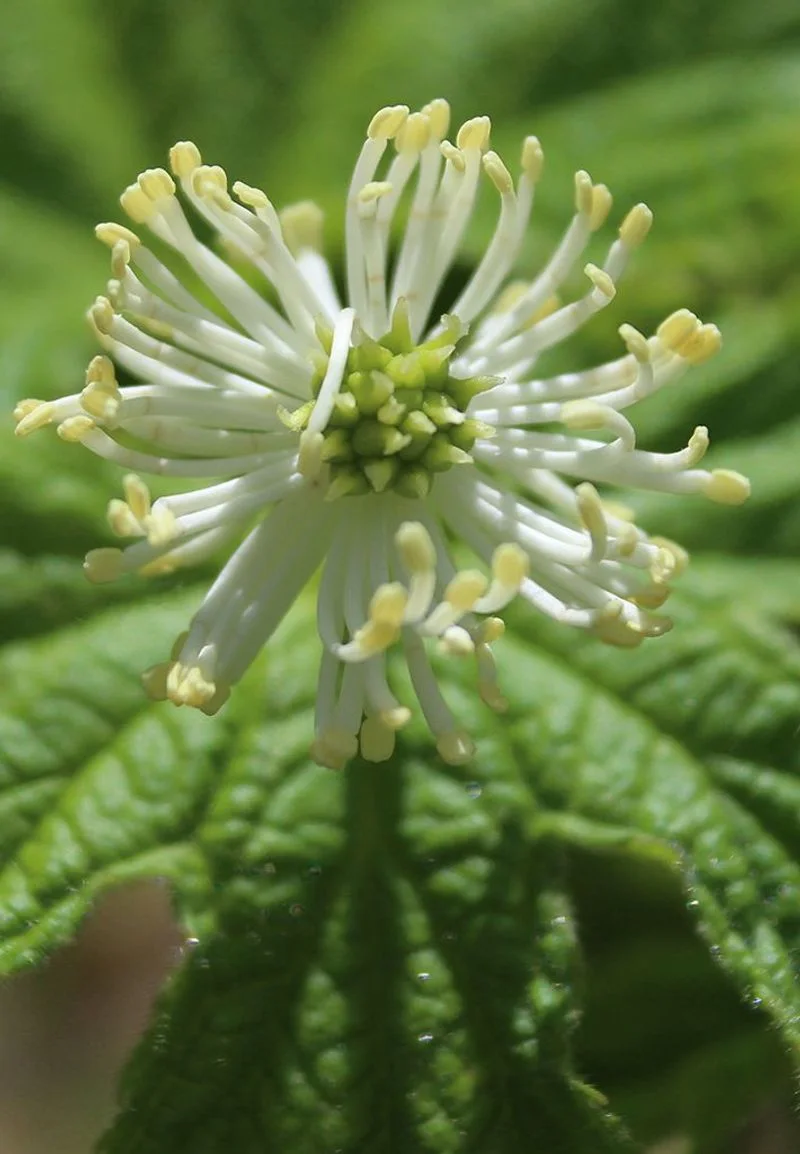
Known for its distinctive yellow roots, goldenseal was revered as a powerful natural antibiotic. Appalachian healers often turned to this herb to treat respiratory and digestive issues. Its antimicrobial properties were believed to cleanse the body and boost overall health. Goldenseal’s popularity grew, even outside the Appalachian region, due to its effectiveness. However, overharvesting has led to concerns about its sustainability. Efforts are now in place to protect and cultivate this valuable herb responsibly.
Yarrow
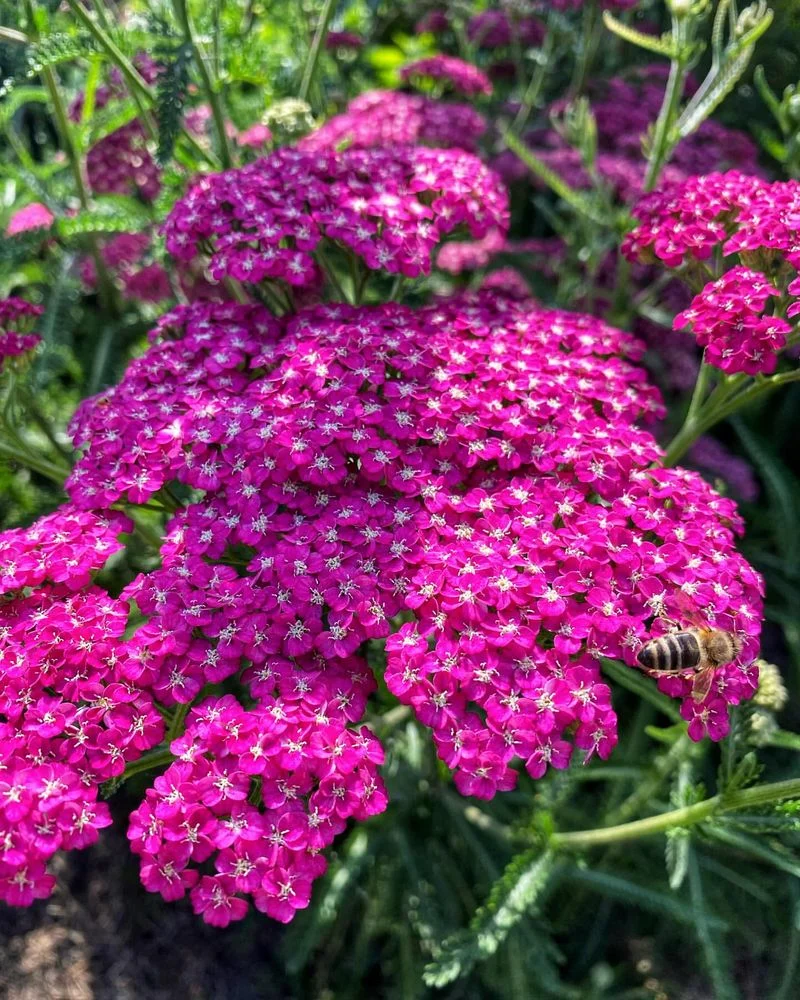
Yarrow, with its delicate white flowers, has been a symbol of healing for centuries. In Appalachian traditions, it was often used to stop bleeding and heal wounds, earning it the nickname ‘soldier’s woundwort.’ Beyond its physical healing attributes, yarrow was also believed to provide emotional comfort, helping to mend a broken heart. Its versatility made it a go-to remedy in many households. Today, yarrow remains a popular choice for herbalists, continuing its legacy of care and healing.
St. John’s Wort
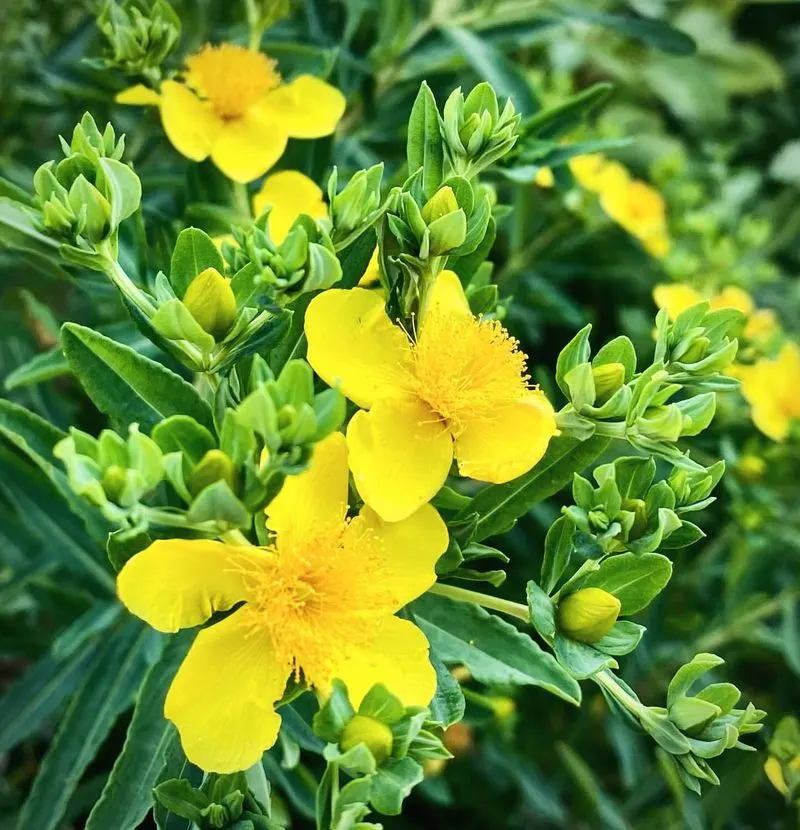
St. John’s Wort, with its sunny yellow blooms, has been cherished for its mood-lifting qualities. In Appalachia, it was commonly used to alleviate symptoms of depression and anxiety. The herb’s ability to brighten spirits and promote emotional well-being made it a favorite among those facing life’s challenges. Aside from its mental health benefits, St. John’s Wort also found use in treating nerve pain and skin conditions. Its multifaceted applications have kept it in the herbal spotlight through the ages.
Valerian
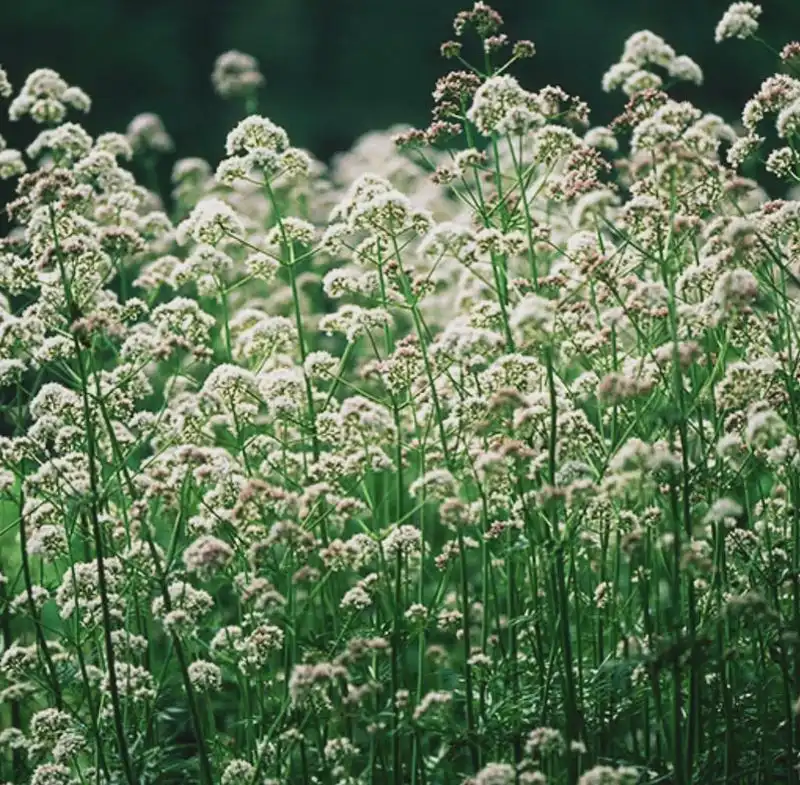
Valerian root has long been valued for its calming properties. Known as nature’s sedative, it was often used in Appalachia to promote restful sleep and ease anxiety. The root’s distinct earthy aroma is a testament to its potent effects. Many found it to be a gentle yet effective remedy for insomnia and nervous tension. Beyond its use as a sleep aid, valerian was also employed to soothe headaches and muscle pains, making it a versatile addition to any herbal medicine chest.
Elderberry
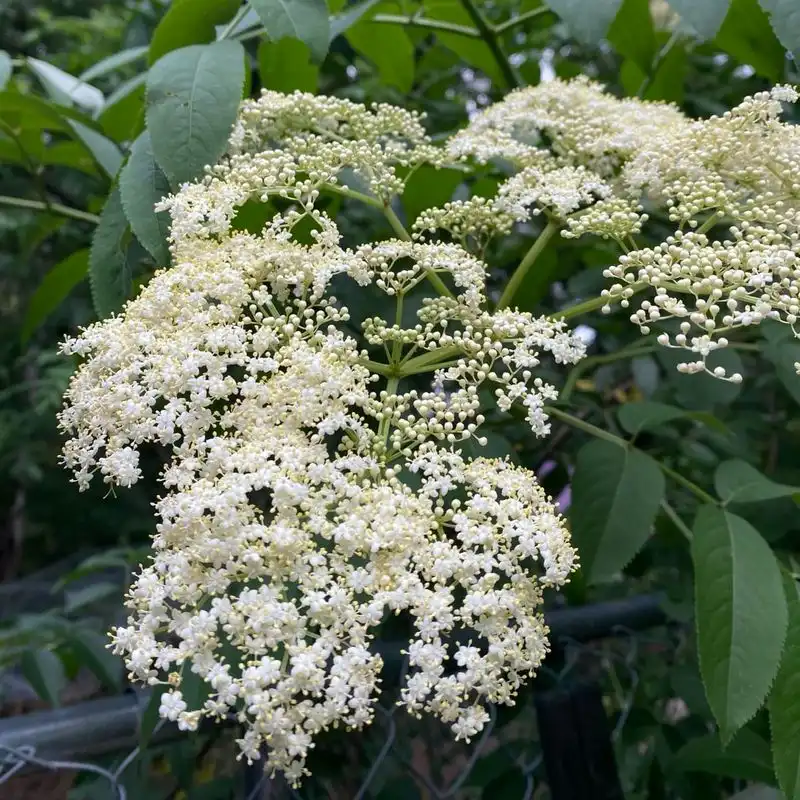
Elderberry, with its rich, dark berries, has been a cornerstone in traditional cold remedies. Appalachian folk often turned to elderberry syrups and teas to fight off colds and flu. The berries are packed with antioxidants, believed to strengthen the immune system and reduce the severity of infections. Elderberry’s pleasant taste made it a popular choice, especially for children. Today, its effectiveness is backed by scientific studies, solidifying its status as a reliable ally against seasonal ailments.
Marshmallow Root
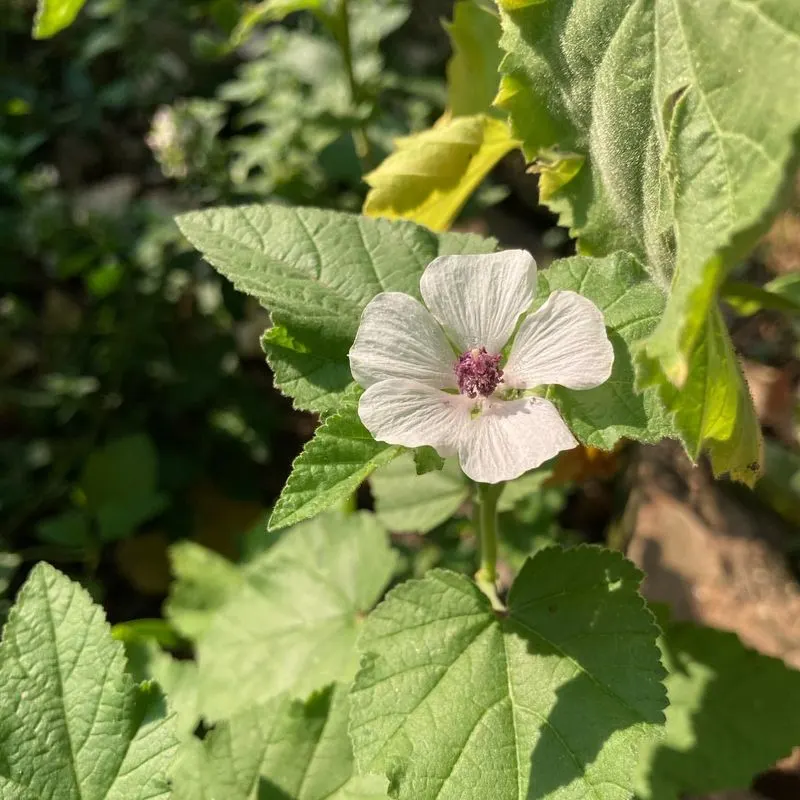
Marshmallow root is more than just a confectionery ingredient. In Appalachian herbal lore, it was valued for its soothing mucilage properties. The root was often used to treat sore throats, coughs, and digestive issues. Its ability to coat and protect irritated tissues made it a gentle remedy for various ailments. Beyond its medicinal uses, marshmallow root’s soothing qualities extended to skincare, offering relief for dry, chapped skin. Its versatile nature continues to be appreciated by herbal enthusiasts worldwide.
Wild Ginger
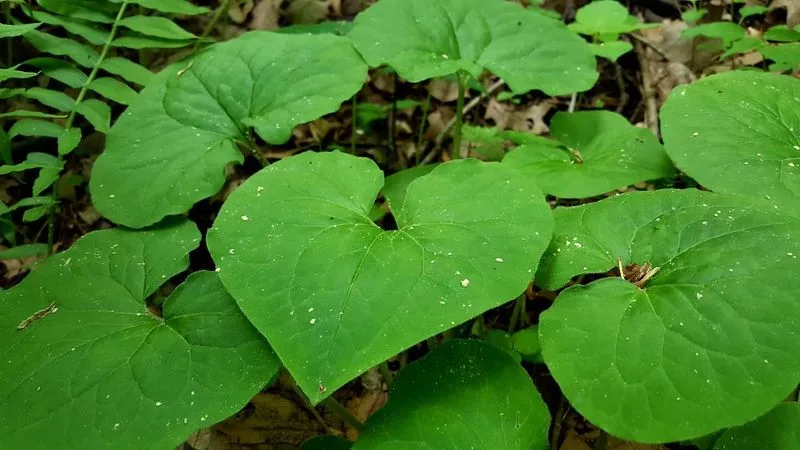
Wild ginger, with its aromatic roots, was a culinary and medicinal favorite. Appalachian settlers often used it to soothe stomachaches and aid digestion. Its spicy scent and flavor added a unique touch to traditional dishes. Beyond its digestive benefits, wild ginger was also used to treat colds and flu-like symptoms. The plant’s hardy nature allowed it to thrive in the Appalachian terrain, making it a readily available remedy. Its multifaceted use in cooking and medicine highlights its enduring appeal.
Chicory
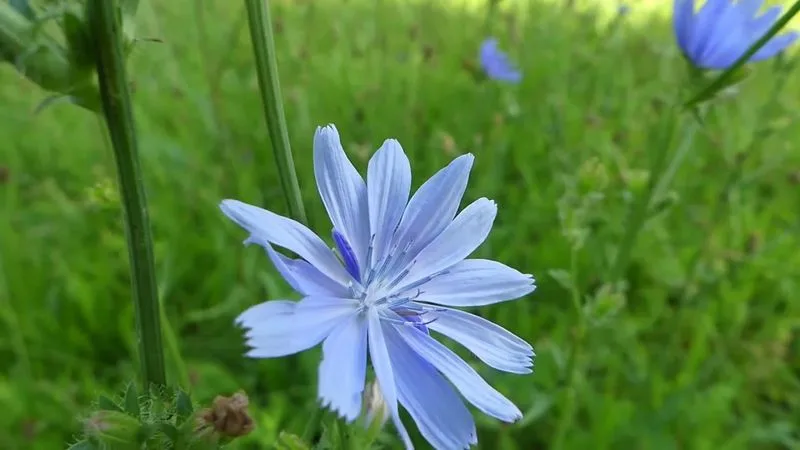
Chicory, with its vibrant blue flowers, was more than just a coffee substitute. Appalachian communities valued it for its liver-cleansing properties. The roots, when roasted, provided a rich, earthy flavor that mimicked coffee, becoming a staple in many homes. Beyond its use as a beverage, chicory was also employed to support digestion and overall liver health. Its vibrant blooms added beauty to the landscape, while its roots offered both nourishment and healing, making it a cherished herb in the region.
Bee Balm
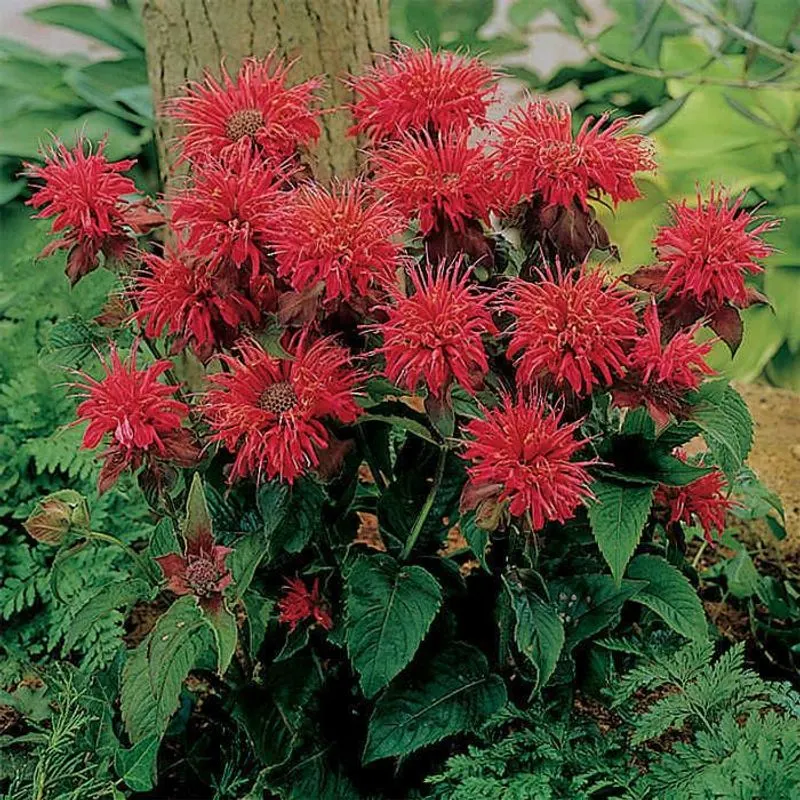
Bee balm, with its striking red blooms, was a natural choice for soothing throat infections and fevers. Appalachian herbalists often brewed it into a fragrant tea that provided relief from respiratory ailments. The plant’s vibrant color and pleasant aroma made it a garden favorite. Beyond its medicinal uses, bee balm attracted pollinators, supporting the local ecosystem. Its dual role as a healer and a pollinator magnet underscores its importance in traditional and modern herbal practices.
Slippery Elm
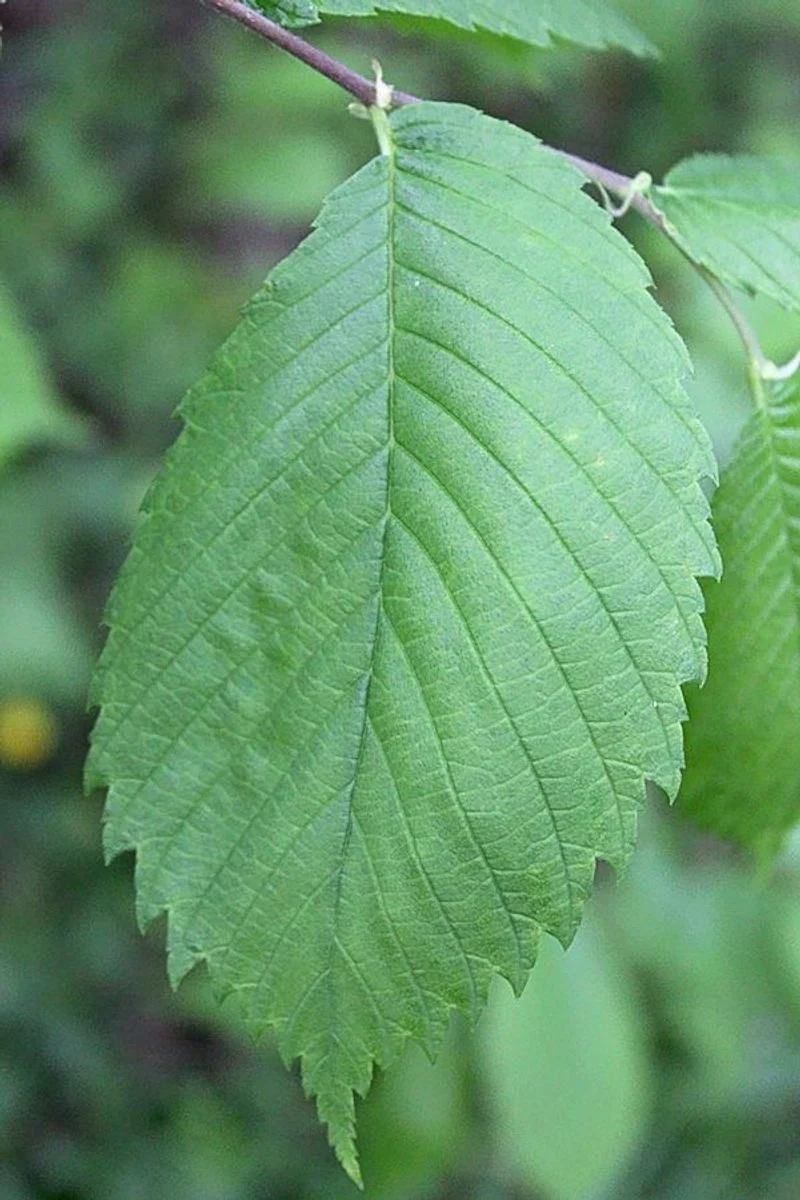
Slippery elm, known for its mucilaginous bark, was a trusted remedy for digestive and respiratory issues. Appalachian folk would often prepare a soothing mucilage from the bark to treat sore throats and coughs. Its gentle nature made it suitable for children and adults alike. The bark could also be applied topically to heal wounds and skin irritations. Slippery elm’s versatility and effectiveness have kept it in use, despite the rise of modern medicine, reflecting its enduring place in herbal medicine.
Horehound
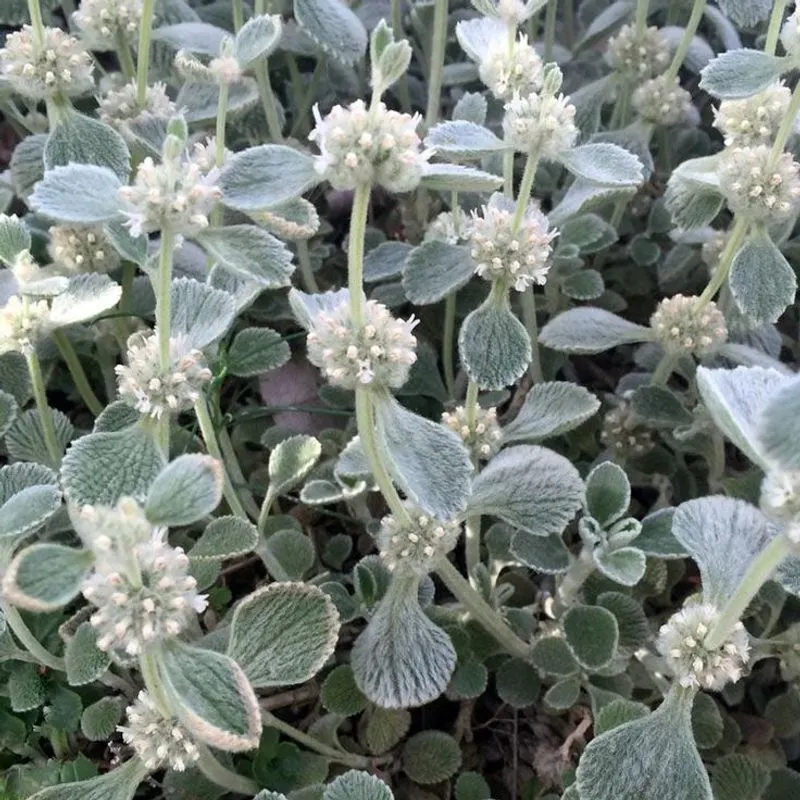
Horehound, with its woolly leaves and bitter taste, was a beloved remedy for coughs and colds. Appalachian settlers often crafted horehound candies and syrups to ease throat discomfort. Its expectorant properties helped clear mucus, making it a go-to for respiratory issues. Beyond its use in treating colds, horehound was also thought to aid digestion and improve appetite. Its distinct flavor and medicinal qualities ensured its presence in many homes, continuing to be a staple in traditional herbal practices.
Spikenard
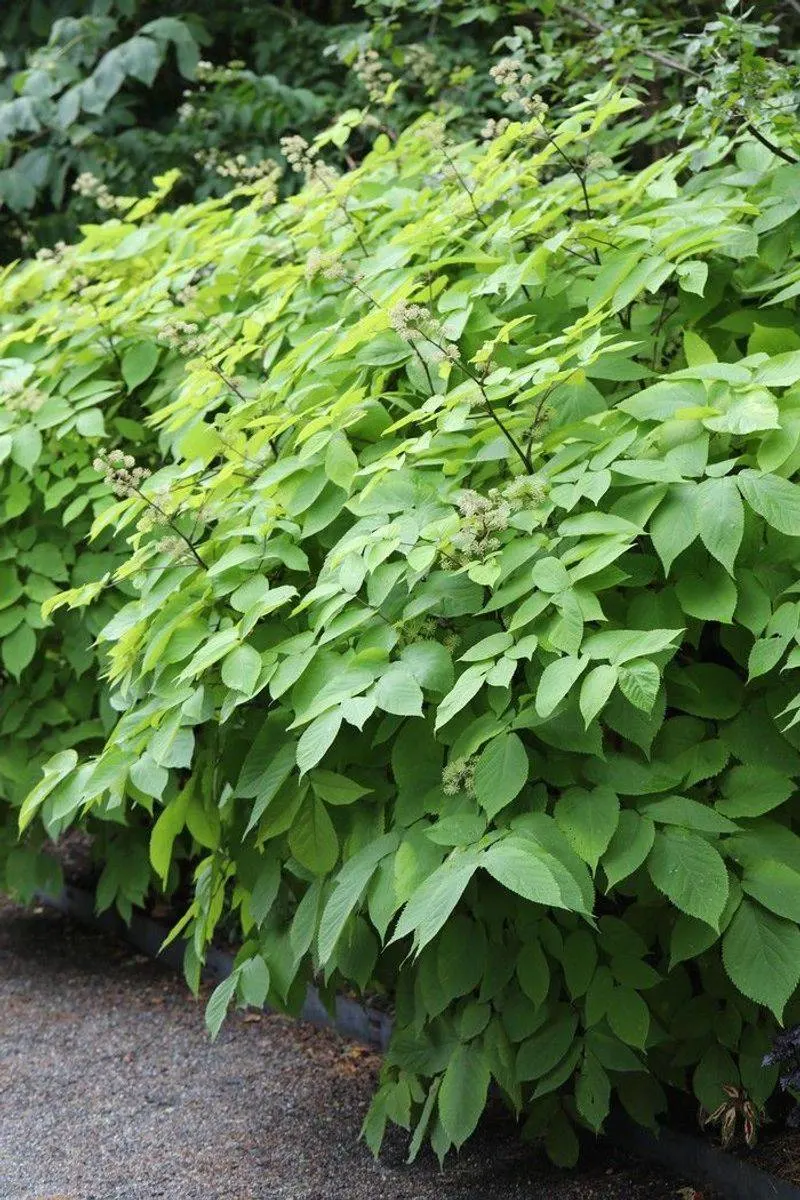
Spikenard, with its aromatic roots, was a treasured herb for its calming effects. Appalachian herbalists often used it to support emotional well-being and reduce stress. The plant’s grounding qualities made it a favorite in times of turmoil. Beyond its emotional benefits, spikenard was also utilized to treat respiratory issues and skin conditions. Its ability to thrive in the Appalachian environment ensured its accessibility. Spikenard’s multifaceted uses and earthy fragrance have secured its place in both traditional and contemporary herbal medicine.

